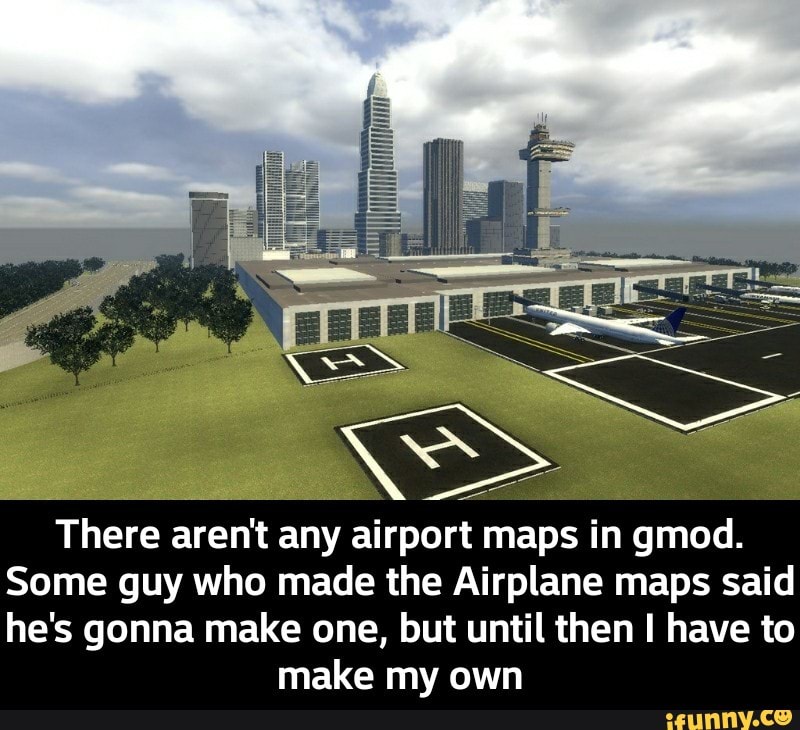

Everything else, including items, weapons, enemies and models, is an entity. Brushes are the static geometry of the world, like walls, floors and buildings. The other three screens are 2D views the top-right is an overhead view and the lower two are side views.Įverything that makes up a level is either a brush or an entity. The top-left window is the 3D view, allowing you to move around your map as if using noclip in-game. You will see that the screen is divided into four. It may not look like much, but Hammer is a very powerful tool. This is where you will spend the vast majority of your time making a map or mod. (Make a desktop shortcut to speed things up next time.) You may have heard of Hammer before, as this is the level editor for the Source engine, in which all maps are created. Among other things you will find several programs here which make up the various different tools that are a part of the SDK. In this case select half-life 2, then select the bin folder.

Instead, find them by navigating to Steam\SteamApps\common, and then the folder for the game you want to map for. The Source SDK tools are no longer launched through Steam. This guide will include changes to the way that the Source SDK is used, as a result of SteamPipe.įor your first experiments in level design, let’s jump right in to the editor and have a go. This tutorial will focus on single-player mapping for the Half-Life 2 branch of Source, but the skills learned are applicable to any game, from Garry’s Mod to Portal 2.


 0 kommentar(er)
0 kommentar(er)
